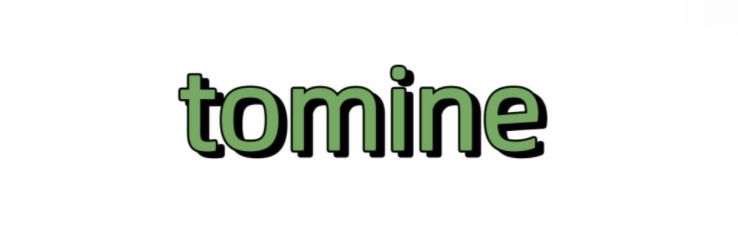Understanding the 4sh Hose and Its Applications
For industries that depend on hydraulic systems, understanding the terminology and specifications of the hoses in use is vital. One such specification that is frequently encountered is the "4sh hose." Many end-users, whether in construction, mining, or agriculture, might feel overwhelmed when faced with technical jargon. This article aims to break it down, explaining the meaning of 4sh hoses and how they can be effectively utilized in various applications.
Defining the 4sh Hose
The term "4sh" refers to a specific category of hydraulic hose that adheres to certain construction and performance standards. The “4” indicates the number of wire spirals embedded in the rubber, while “sh” corresponds to the hose's ability to handle high-pressure applications, specifically designed for hydraulic oil and fluid transfer.
Understanding this classification is essential for customers who wish to select the right hose for their machinery. Knowing that a 4sh hose is meant for high-abrasion resistance and robust performance can aid in making informed purchasing decisions that will lead to safer and more efficient operations.
Features and Benefits of 4sh Hoses
When it comes to reliability and performance, the 4sh hose shines in several aspects:
1. High Pressure Rating
4sh hoses typically come with a pressure rating of up to 420 bar (around 6,000 psi), making them suitable for demanding applications. This high-pressure capability is vital for various industries where fluid needs to be moved under significant force.
2. Enhanced Durability
These hoses are designed with reinforced layers that enhance their durability and resistance to wear, making them ideal for environments where they may be exposed to abrasive materials.
3. Versatile Applications
4sh hoses are not limited to just one industry; they find applications in construction, agriculture, mining, and even maritime industries. Whether it’s powering heavy-duty equipment or facilitating fluid transfer in complex systems, their adaptability is a significant advantage.
Common Issues and Solutions
Despite their robust design, users may face some common challenges when utilizing 4sh hoses. Here are a few issues and their solutions:
1. Hose Failure
One of the most pressing concerns is hose failure due to overpressurization or exposure to extreme temperatures. Customers should always refer to the manufacturer's specifications before installation to avoid misapplication that can lead to system failure.
2. Leakage Problems
Leakage can occur if the fittings are not securely attached or if the hose is damaged. Regular inspections can help identify wear and tear early. Tightening fittings and replacing damaged hoses promptly can prevent more significant issues down the line.
3. Improper Maintenance
Failing to maintain your hoses can lead to premature wear. Regular cleaning, inspections, and following the manufacturer's recommended maintenance schedule can keep your systems running smoothly.
Conclusion
Understanding the 4sh hose and its implications is crucial for ensuring effective and safe hydraulic operations. By familiarizing yourself with its features, benefits, and potential issues, you can make an informed decision that enhances the productivity of your operations. Always remember that choosing the right hydraulic hose is not just about the specifications; it’s about smart, preventative maintenance and proper application to mitigate any potential problems.

Comments
Please Join Us to post.
0